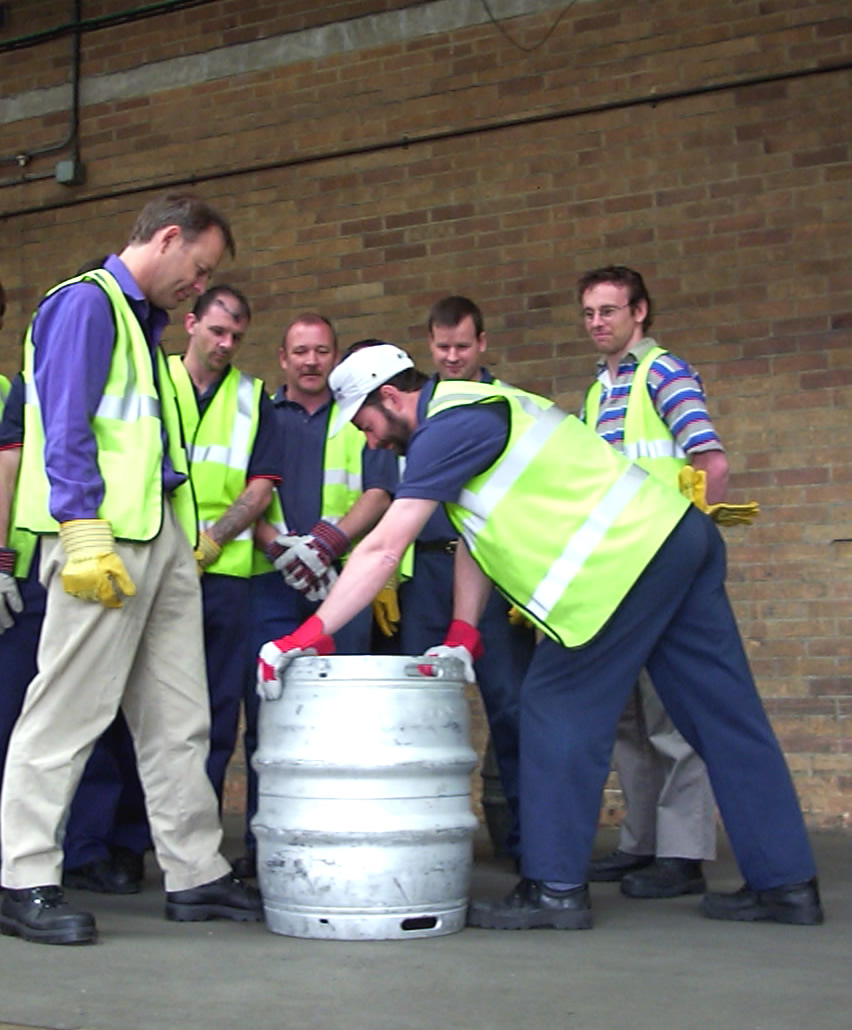Training isn’t just important – it is vital! So it’s vital that you get your message across.

Make ‘practical’ an important part of your manual handling training courses.
As a Manual Handling trainer, you are well aware of the importance of training and refreshing your delegates. These benefits are varied and wide reaching, both to your company as a whole, and to the individual employees:
- Improved adherence to manual handling best-practice techniques, leading to a reduction in work-related injuries.
- Reduced absenteeism and time off work due to injury.
- Reduced staff turnover and therefore recruitment expenses.
- Reduced costs due to overtime and rehabilitation treatment.
- Increased work performance and ability to respond effectively to change.
- More efficient use of time and materials.
- Improved morale.
These benefits will combine to result in improved profitability and customer satisfaction, and eventually lead to increased market share and improved reputation & profile of the business.
The emphasis in training should be on changing attitudes and behaviour, and promoting risk awareness among workers and managers.
But how can you keep your delegates interested?
It’s fair to say that the mention of manual handling training does not fill the average delegate with joy and enthusiasm. However, we’ve already established that it is vitally important, so how can you best engage your delegates, keep them interested and involved, and most importantly, leave them with a strong, clear message that they will retain and put in to practice?
In this blog series, our expert trainers share their experience and show you how to make your manual handling courses more engaging.
[xyz-ihs snippet=”Newsletter-Subscribe-Medium”]Articles within this series will be published bi-monthly from January 2015. Subscribe to our email newsletter to stay informed.
- Introduction (Advice for Manual Handling trainers – How to make your courses more engaging). (this page)
- Tailor your course to fit your audience.
- Apply the ‘Stages of Change’ model to your training.
- Make your course material engaging & mix up your training methods.
- Personalise your training with anecdotes and case studies.
- Explain the ‘why’ behind the ‘how’.
- Make ‘practical’ a key component of your training.
- Follow up your training with feedback and course evaluation.








